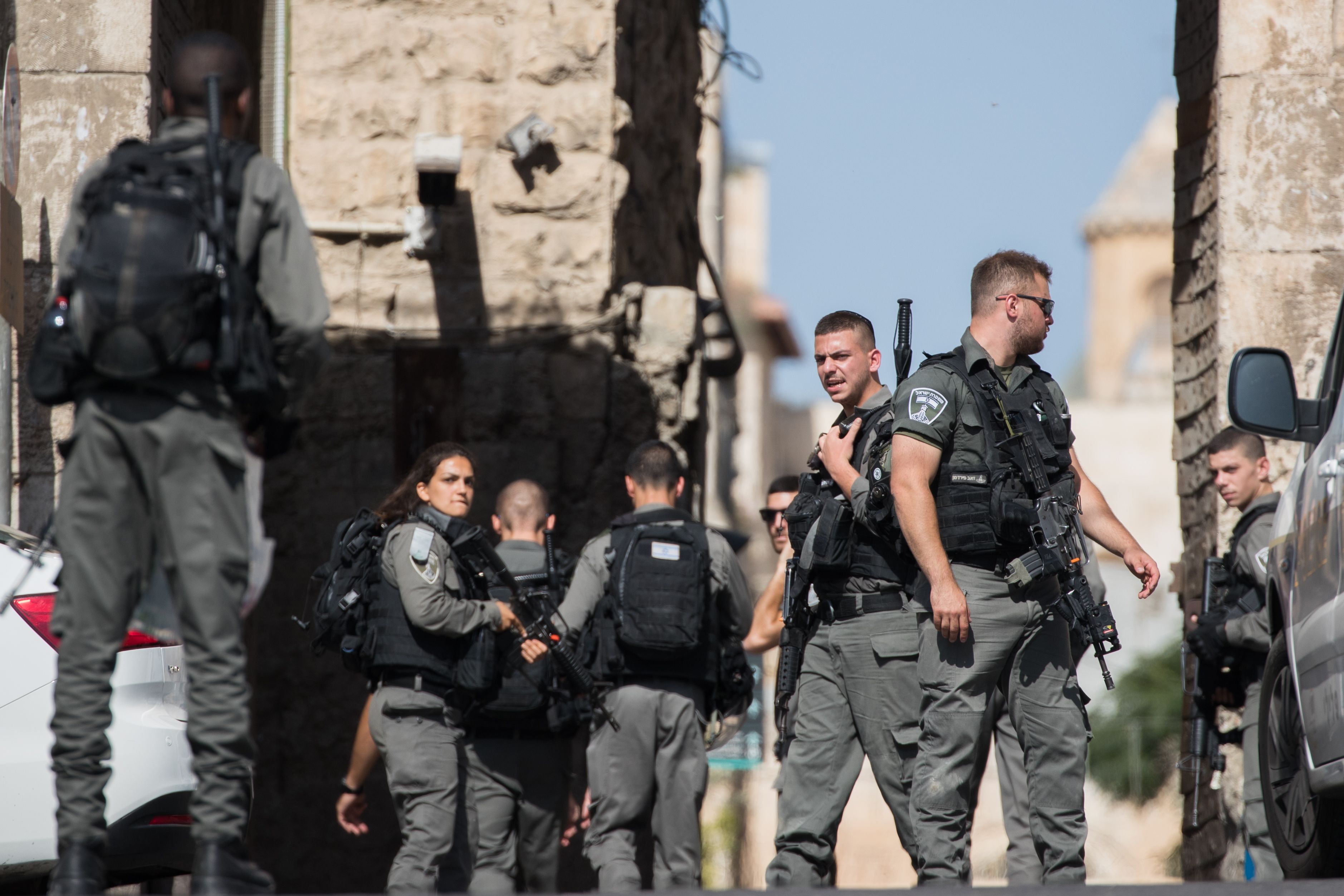Temple Mt. opens in stages amid terror probe

Pressure on Israel from the Arab world to reopen Temple Mount and its mosques for Muslim prayer without delay has been strongly countered by the Israeli police and security authorities. They need more time to complete their investigation of the scene of the terror attack, Friday, July 14, in which two Israeli officers on guard were shot dead and a third injured. The three Israeli Arabs who committed the murders where shot dead in the subsequent firefight outside the Dome of the Rock.
The Israeli government also decided that the shrine, which is sacred to three monotheistic faiths, needs better security installed before it is judged safe for worship and visits.
On Saturday, Washington came to the aid of the investigation. Strongly condemning the “heartbreaking act of terror on Temple Mount,” the White House press secretary added: "The attack forced the government of Israel to temporarily close the Temple Mount/Haram al Sharif to conduct its investigation," said the statement. "Israel has assured the world that it has no intention to alter the status of this holy site, a decision which the United States applauds and welcomes."
Saturday night, the Netanyahu government Saturday nevertheless ordered Temple Mount opened Sunday “in stages” – which gives the police and security authorities a little breathing space.
The police have been combing through the “scene of terror,” to reconstruct the crime and discover the secret arms caches hidden there. This undertaking is vast, complex and exceptionally sensitive.
The Temple Mount surface platform is 150,000 sq. meters in area with nine ancient open gates. It stands atop 13 historic periods of construction and destruction, each of which has left layer upon layer of mostly unexplored tunnels, pipes, caves, pits, shafts and debris. Even archeologists working there for decades and the clerical staff of the Waqf authority in charge of Muslim rites there can’t claim to have explored all the warrens hidden under the paved surface.
It is also suspected that there may be secret underground channels running under the Temple Mount wall and leading outside the compound.
The police are meanwhile keeping their cards very close to their vests. They have detained some Waqf officials on suspicion of a connection with the terrorists, without releasing figures, and discovered a quantity of firearms. But the cops, unfamiliar with this unique ancient site, don’t know what they will find. They are after information about the identities of the party which instructed them to hide the two rifles and pistols used by the terrorists and said when they should be handed over. In short, whether a terrorist network exists on Temple Mount.
Relatives of the three terrorists, who belonged to the same clan in the Israeli Arab town of Umm al-Fahm, have been detained in search of information about how they came to perform the first act of terror by Moslems on Temple Mount. Most of the town and other parts of the Arab population are hostile to the investigation.
Israeli Arab community leaders, including their 13 parliamentarians, have refused to condemn the attack, willing only to voice regret for all the deaths inflicted Friday, including the three assailants.
This was resented not only by Israelis at large, but most bitterly by the Druze community, which buried two of its sons, Hail Stawi, 30, from Maghar and Kamil Shanan, 22, from Hurfeish both in northern Israel. They were shot to death while guarding the holy site.
The Temple terror investigation has exposed troubling animosities in Israeli Arab society.


